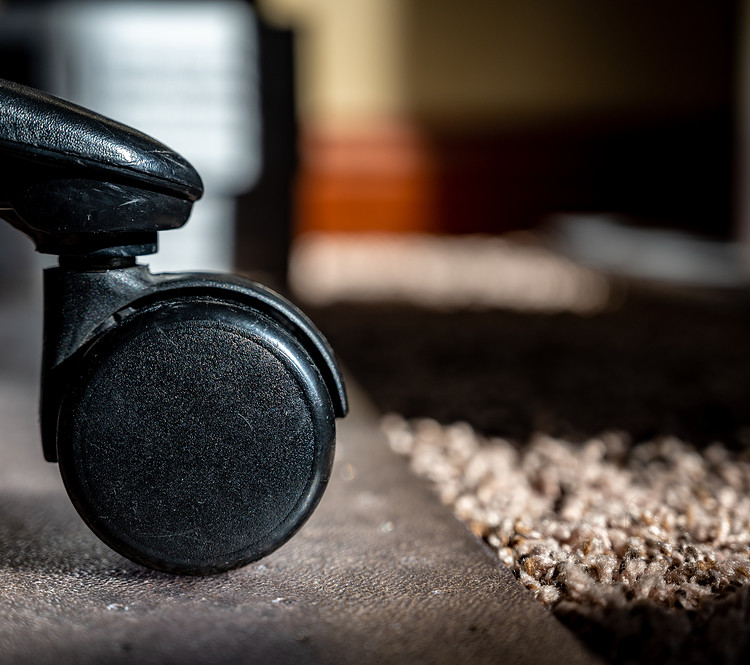The use of chair mats is an excellent way to reduce pressure on the feet, legs, and lower back. They also provide comfort for working long hours in front of a computer or standing up all day.
Chair mats help by providing shock absorbency (keeping your joints happy), reducing fatigue, and increasing productivity. Chair mats provide comfort through their shock-absorbing quality, reducing fatigue experienced on feet, legs, and lower back.
Sitting or standing up all day can be a challenge for most employees and everyone working from home, but chair mats help reduce pressure by providing support where needed most — at the foot of your working desk.
One of the most crucial questions for anyone planning to purchase a chair mat is to reduce noise?
Table of Contents
Do Chair Mats Reduce Noise?
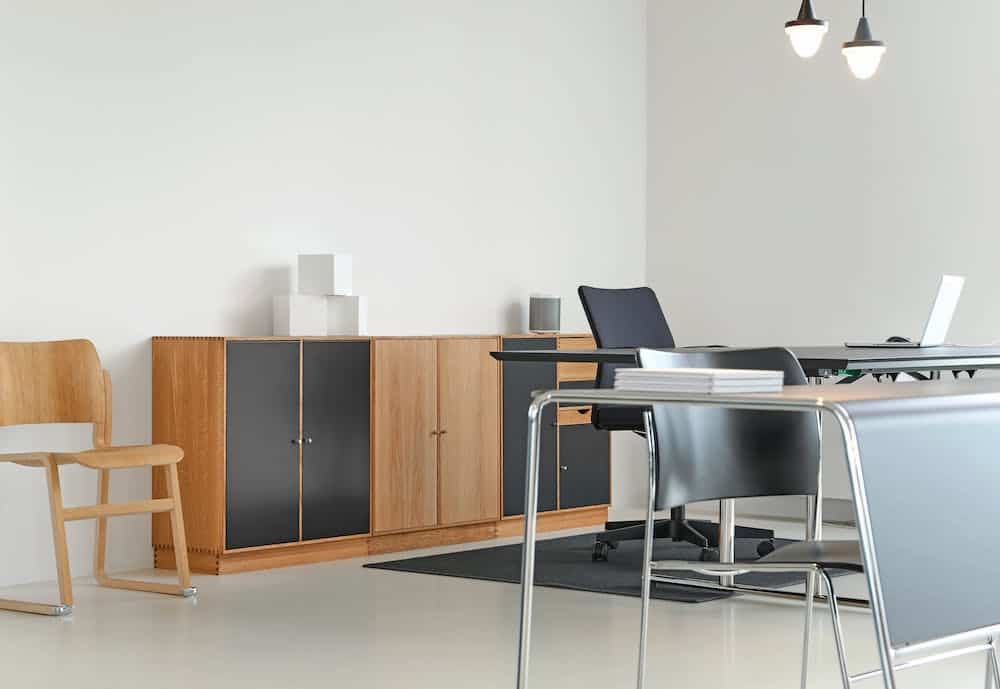
Chair mats are often used in open-plan offices to absorb sound waves caused by chairs scraping across the floor. When you walk, your shoes generate noise.
This is because they are roughly two millimeters thick, and due to this, you generate a certain amount of noise with every step – especially on hard surfaces like linoleum or parquet floors.
Chair mats absorb this noise, which has the benefit of reducing the background level.
This is noticeable for those who sit at a workstation without a chair mat and working in an adjoining room.
The noise reduction also has a positive effect on workers with damped hearing, as it helps to prevent or reduce damage to their hearing capacity.
The absorption characteristics of a chair mat change in the long term.
For this reason, it is recommended to replace office chair mats after about 2–3 years. If there are particularly noise-intensive areas, replacing the chair mats more frequently may be an idea.
What Are My Options for Office Chair Mats?
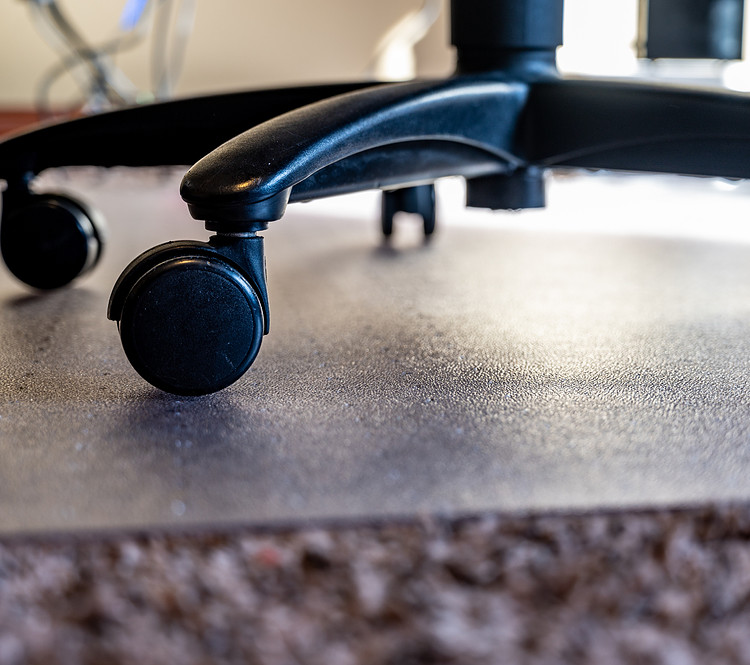
You have several options for choosing your office chair mat: A classic chair mat with a smooth upper side made of foam reduces noise levels by approximately 20%.
For all those looking for something more modern and with a bit more style — think office chair mats with grooves that look like long tracks.
These reduce noise and protect your flooring from wheel marks if you have cumbersome wheeled chairs in the office.
How Can I Make My Office Chair Quieter?

As an office worker, your chair is one of the most important pieces in your workstation. This piece of furniture should be good-looking and functional in supporting you when you are working for extended hours daily.
Some people have found that they feel uncomfortable with their chairs because they are too noisy whenever they shift their body weight from one side to the other.
Adjust Chair Height Properly
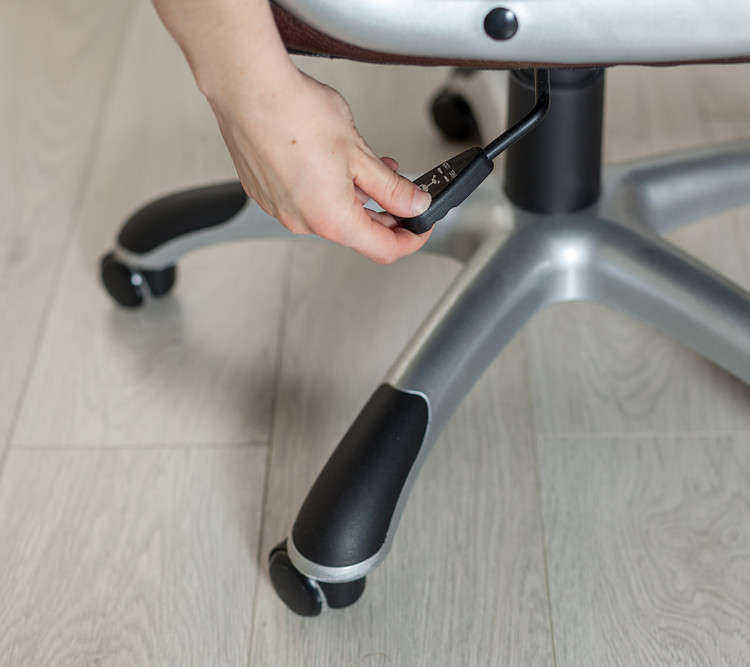
One of the main reasons why chairs are making noise is because they have been set a few inches higher than the height of your desk.
Your first step is to make your chair height similar to the height of your desk.
To do this, raise or lower your office chair’s adjustable height until you can sit comfortably on it with enough support for both feet on the floor. Keep in mind that you have to sit straight and upright whenever working.
This will allow you access to all the controls needed to adjust your chair so that you can sit more comfortably.
Use Chair Casters
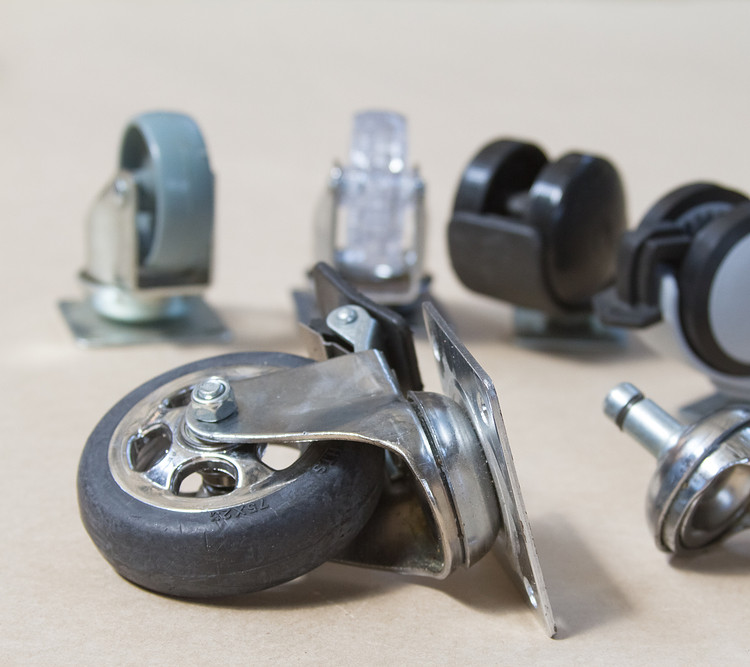
Whenever possible, you should use chairs with casters because they allow for easier movement on your part.
The caster wheels of this type of office chair are specifically designed to roll in any direction without making noise, while providing maximum support at all times.
You also don’t have to worry about the surface of your floor whenever you want to make a quick leg movement because casters can move smoothly and silently at all times.
Keep Caster Wheels Clean
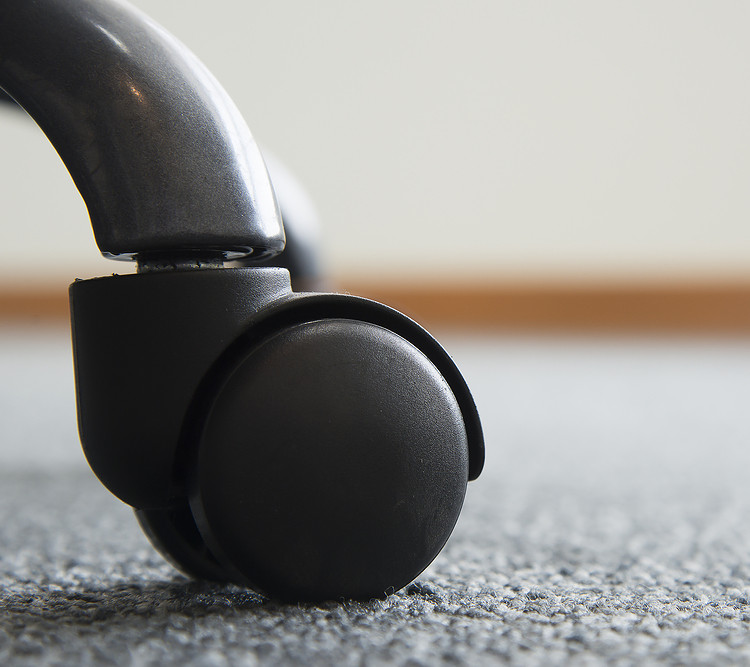
One of the most overlooked causes of why casters make noise every time they roll is that they are dirty or covered with dust.
You should regularly clean your chair caster wheels with a damp cloth to ensure that they are in good shape at all times.
It’s also best to check for any signs of damage on the rubber surface, especially around the sides of the wheel, because this can cause your chair caster to make noise when it is rolling.
Clean Your Office Chair
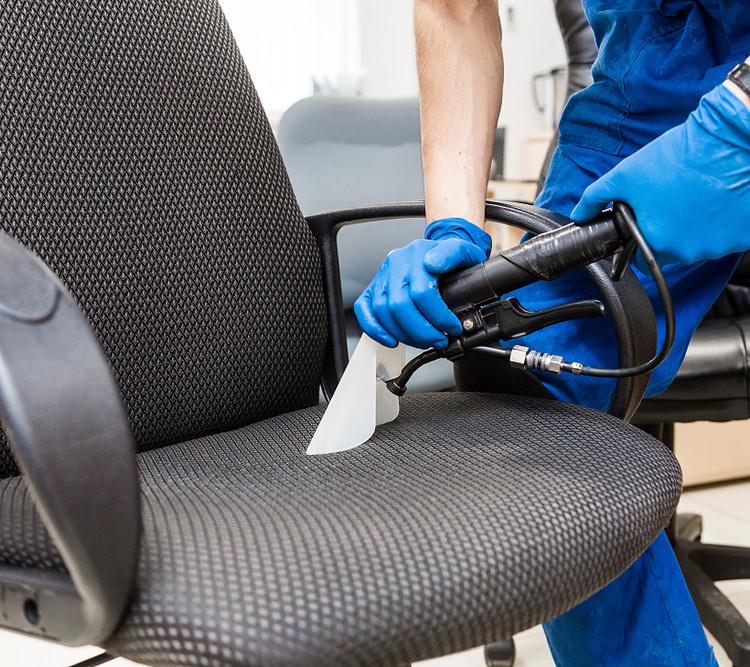
If you are using an office chair that makes noise every time you move around, don’t hesitate to clean it up.
To do this, follow the steps below:
Make sure that your chair is unplugged before you start cleaning it up.
You can also remove the caster wheels if needed so you can get to the seat and other parts of the chair more easily. Use a cleaning solution specifically designed for office chairs.
Apply the solution on your chair in small amounts and let it dry up naturally. Use a brush or rag to wipe off dirt or dust particles stuck on the surface of your office chair.
Are Chair Mats Bad for Hardwood and Carpet Floors?
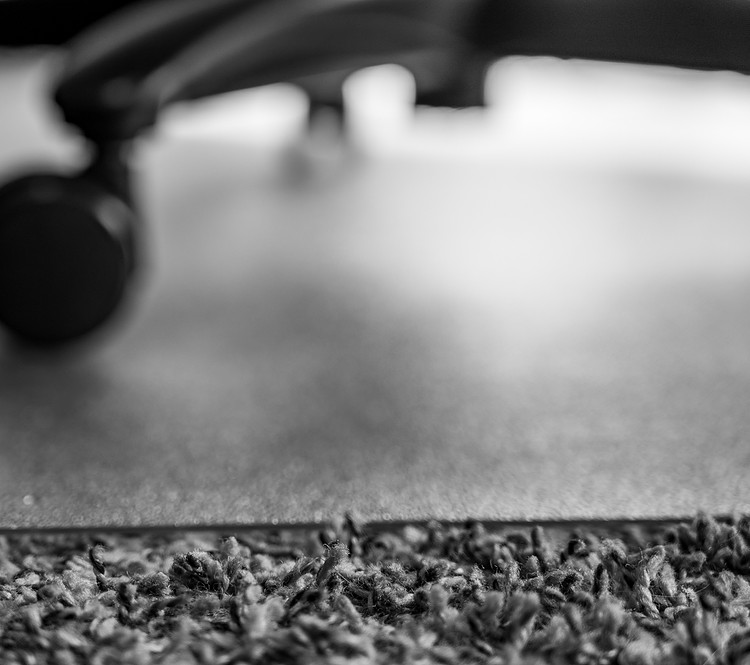
When it comes to flooring, hardwood and carpet probably come to mind first. While they are common flooring choices for office spaces.
There is the question of whether chair mats cause damage not only to the floors themselves, but also to adjacent walls and doors.
The verdict? Well, that depends.
Just as wearing high heels or walking around the office barefoot would cause damage to your floors, so too will the continued use of chair mats.
It’s important to note that area rugs and runners should never be placed under chair mats, as this can cause a lot of scuff marks on both carpets and hardwood floors.
So, before you buy a chair mat for your office space, make sure to familiarize yourself with its capabilities and limitations, as well as how it will affect both the look and function of your floor.
Final Thoughts
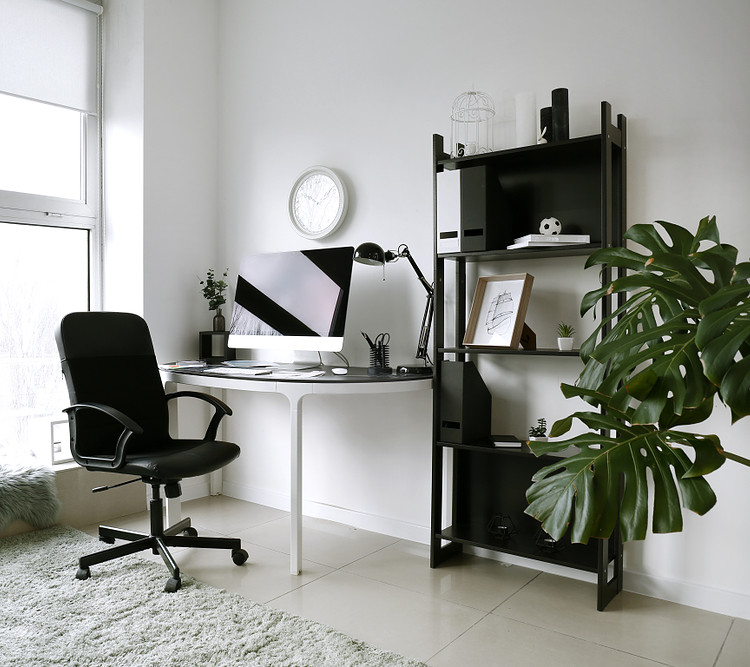
It is believed that a mat with sound-absorbing properties, rather than one that’s focused on protecting the floor, would be a better choice for noise reduction.
That said, different mats absorb sound in different ways, so when choosing your next chair mat, you should consider what type of material helps control echoes and vibrations the most.

My name is Vance, and I am the owner of To Ergonomics. Our mission is to improve your workflow by helping you create a supportive and welcoming environment. We hope that you’ll find what you’re looking for while you’re here.

